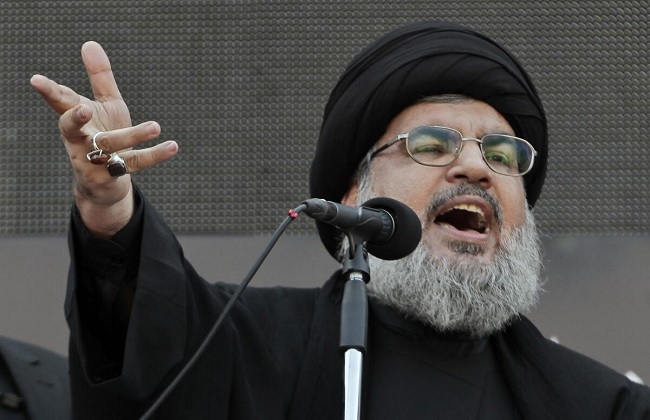
There is no question that Hassan Nasrallah was a powerful orator. He could hold millions of followers in rapt attention—even adoration—through his deep voice, logic, passion, and wit.
Now that he is gone, Lebanon’s powerful Shi’a organization Hezbollah is greatly weakened—or so the pundits say. While that’s true in the short-term operational sense, it may not prove to be so in the long run. Nasrallah is far stronger dead than alive.
The reason is that from its beginnings until now martyrdom has a unique place and power in Shi’a Islam. The many historical martyrs from Ali, the Seventh Century son-in-law of the Prophet Muhammad and first Shi’a Imam, up to the recent messiah-like figure, Ayatollah Khomeini (1902-1989) are still honored, celebrated, and petitioned for help today.
They are much like Catholic saints, except their powers are far greater in stirring and motivating their followers even centuries later.
Consider the annual Ashura commemorations on the tenth day of the month Muharram, which mourn the martyrdom of Husayn, the third Shi’a Imam, who died in Karbala, Iraq, in AD 680. Ashura, and especially the death of Husayn, encapsulates the eternal struggle of good against evil, which is why it remains such a powerful force in Shi’a Islam today.
No one should take this passion for justice, which is shared by millions, lightly.
Until recently Ashura in Shi’a Islam featured thousands of barebacked men whipping themselves with knives, swords, or sharp whips until the blood flowed in mourning for Husayn’s martyrdom.
Controversial within Islam and now forbidden in its extreme forms in Iran and South Lebanon, whips of chains are used instead, but the bloody processions still continue in a few other places.
Nasrallah’s death will inevitably spur similar sacrificial devotion, leading to more and more martyrs. In that sense, Shi’a Islam is uniquely equipped among the world’s religions to maximize the exercise of mourning for martyrs and to turn it into political-cum-military power.
Go to Iran and you will see parades of quiet mourning as well as wild religious enthusiasm. Visit the gigantic mosque dedicated to Khomeini attracting hordes of pilgrims. Read the hagiographies written about him, making him not just a messiah figure, but something akin to an angel from heaven.
What else can be the result of such dedication than firm adherence to a policy of retaliation for shedding the blood of God’s holy saints and messengers?
But “Hezbollah is a terrorist organization,” some will say. Try telling that to the hundreds of thousands of civilians who have fled this month’s Israeli bombing in South Lebanon, or to those who have endured an entire year of frightful terror night by night under Israeli bunker-busting bombs in Gaza.
US President Biden said that killing Nasrallah provides “a measure of justice,” but terror is nowadays an equal opportunity instrument used by both sides.
The history of Israeli terror in Lebanon is far greater than that perpetrated by the combination of militias arrayed against Israel. It goes back at least four decades to their first major war and occupation of Beirut and South Lebanon in 1982. The IDF’s killing of 106 children in a school in Qana, South Lebanon in 1996 is one such instance.
At this point, nobody on either side seems to have thought of the teaching of the greatest martyr of all: “Blessed are the peacemakers.” Today’s Middle East is stuck in a cycle of retaliation. By weakening Hezbollah, Israel has sown the seeds of its future troubles. The first rule of holes is, when you are in a hole—stop digging.
James E. Jennings, PhD is President of Conscience International www.conscienceinternational.org and Executive Director of US Academics for Peace. He delivered medical aid to Palestinians during the siege of Beirut and in Gaza under Israel’s numerous occupations and bombardments.


